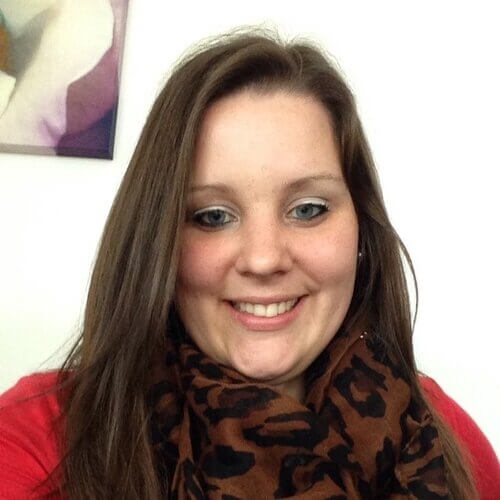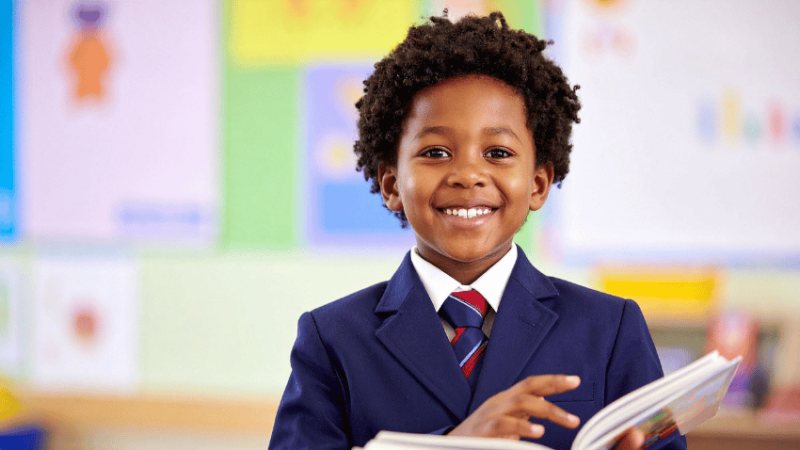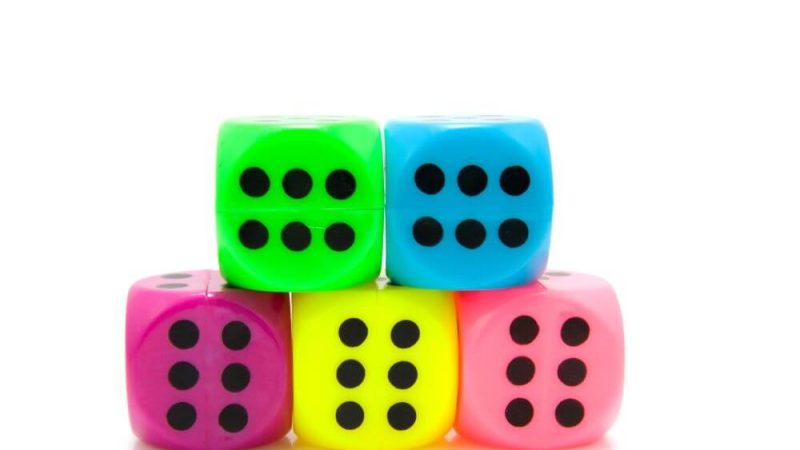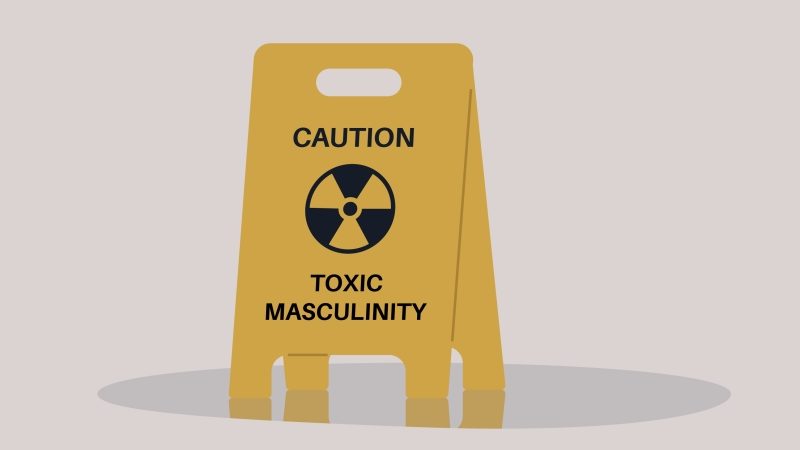Religious education in primary schools – What’s the point?
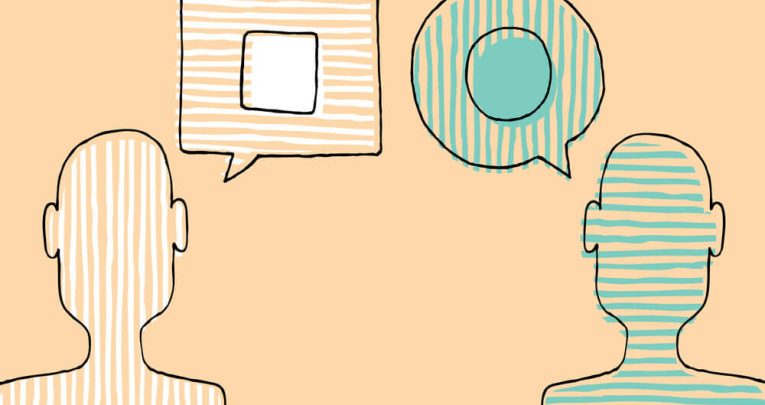
Katie Freeman explores the ‘worldview’ approach in RE, and how it can help children understand others’ points of view…
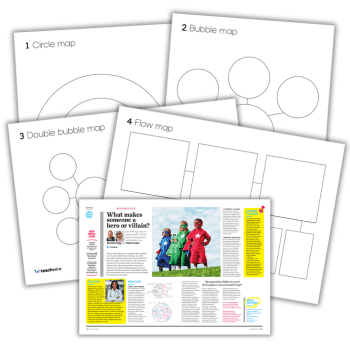
I’m sure that many teachers and specialists have been asked the question ‘What is the point in Religious Education?’, but I wonder what your view is.
Often there is a misunderstanding that surrounds this subject; some people think that it is teaching children to be religious, whereas others assume that we teach children about a few places of worship, some key beliefs or festivals. The reality is that RE is none of these things.
The last few years has seen many discussions and developments within the subject. The RE community believes that Religious Education should be seen as an academic subject that is ambitious, rigorous and exciting for all pupils.
In 2018, The Commission on RE (CoRE) published its final report, within which many recommendations were made about how RE should be taught. One of these recommendations was that teachers should move away from teaching through a world religions paradigm to teaching through a worldviews approach.
But what is this approach and how does it make RE challenging and exciting for pupils in our primary schools?
Understanding the world
Professor Trevor Cooling (former chair of the Religious Education Council) defines ‘worldview’ as “a translation of the German weltanschauung, which literally means a view of the world. A worldview is a person’s way of understanding, experiencing and responding to the world.”
Worldviews, then, can be religious or non-religious, so when we talk about teaching RE using a worldviews approach, we are talking about teaching children about how different people view the world.
It is also important to consider that there is a lot of diversity within these religious and non-religious worldviews. As teachers of RE, we should ensure that this diversity is taught so that our pupils find out about lived experience of people from different religious and non-religious worldviews.
So, what might this look like in a primary classroom? In 2020, Adam Dinham and Martha Shaw visited several schools to find out more about how schools were approaching this way of teaching RE.
My school, Bickleigh Down CofE Primary School, was lucky enough to be asked to be part of this project. At the time I was teaching a unit of work about science and religion. My Year 5 classes were focusing on the big question ‘Science and religion, conflicting or complimentary?’.
The children started the unit of work by reading and investigating Genesis One from the Bible. As a class, we discussed the text, drew out key events, looked at unfamiliar vocabulary and talked about what the creation story means for Christians today.
Many of the children asked questions such as ‘When were the dinosaurs made?’ or ‘What about evolution?’. As a class, we noted down these questions and I explained that later in the topic we would find out about some different views that might help to find the answers.
Interpreting text
I wanted the children to be really familiar with the biblical text so we also studied the work of a local artist, Hannah Dunnett. Hannah creates pictures that have text from the Bible inserted into them, so after showing the children her work, I asked them to choose the text that they thought taught Christians something about the creation story and use this to create their own pictures.
Once the children were really familiar with the text, we thought about how Christians might interpret it. As a class we talked about how some Christians might understand the story literally, whereas some might see it more as a metaphor.
We also talked about how people from other religious and non-religious worldviews might understand the link between creation and science. At this point in the topic, I wanted the children to really understand the fact that there is diversity within the Christian worldview so we looked at different theological interpretations of Genesis chapter one.
The children found out about the Reconstruction theory, the Concordist interpretation, the Literary theory and the Literal theory. They spent time discussing these and considering why different Christians may interpret the creation story in different ways.
Respecting others’ opinions
Once we had considered these different interpretations, the children asked about what a scientist who was also a Christian might think about the creation story.
As a class we researched Jennifer Wiseman who is a scientist and a Christian. The children found Jennifer’s views fascinating, especially as she said that science teaches some things, but sometimes she just has to trust that God knows things that she doesn’t.
Towards the end of the unit, we invited a Christian minister, a scientist (who was also a Christian) and a Buddhist into school so that the children could ask them questions. To ensure that the children gained a range of information, I gave them a question planning grid where they had to think of the question and predict what the answer might be.
The session was fascinating because the children were able to apply their knowledge and find out about a range of views.
Mary Myatt often talks about giving children ‘beautiful’ resources, she says that if we give children something beautiful, they will be curious, and this curiosity leads to deep learning.
I believe that a worldviews approach offers children opportunities to be challenged, to be curious and to learn creatively. As practitioners, we know that children are naturally curious about the lives and beliefs of other people, by teaching children about diversity of belief and about the way people live their lives we learn what it means to be human.
This new approach to teaching RE is challenging, it requires teachers to have strong subject knowledge and for schools to invest in high quality CPD. This is available through organisations such as The National Association of Teachers of RE (NATRE).
I can promise you that if you invest in high quality RE in your setting, your school will be full of inquisitive children who are keen to find out about how different people live their lives.
What is the point in Religious Education? It teaches children about what it means to be human, about how different people live their lives and about how these people come together to form the community in which they live.
Katie Freeman is the RE leader at Bickleigh Down Primary School in Devon and chair of The National Association of Teachers of RE (NATRE). Katie is also part of the Learn, Teach, Lead Religious Education Project with Exeter Diocese and leads the Plymouth RE hub. Follow Katie on Twitter at @KatieKates_84.




